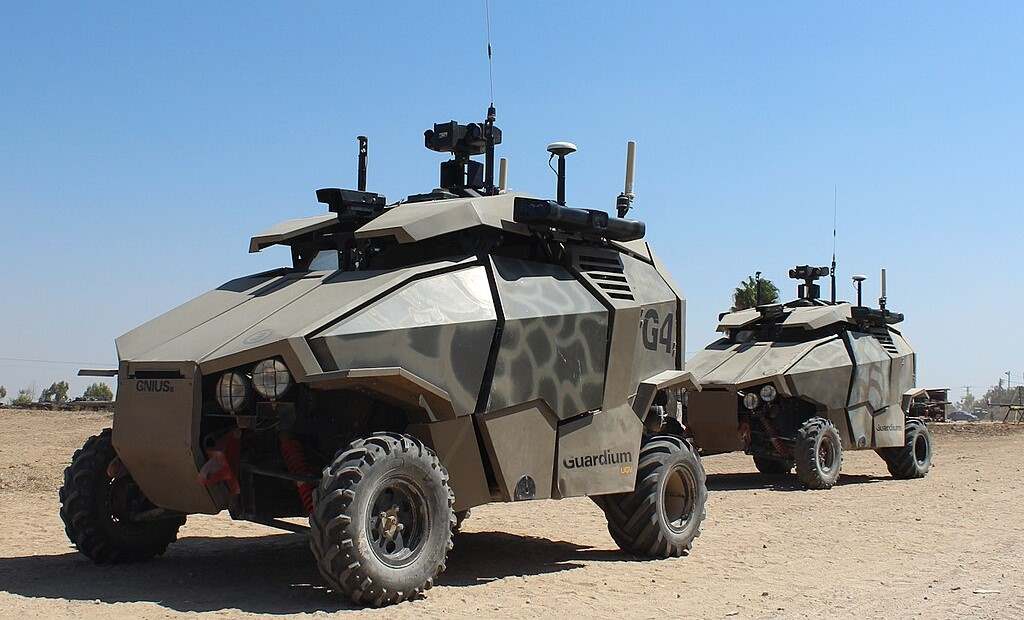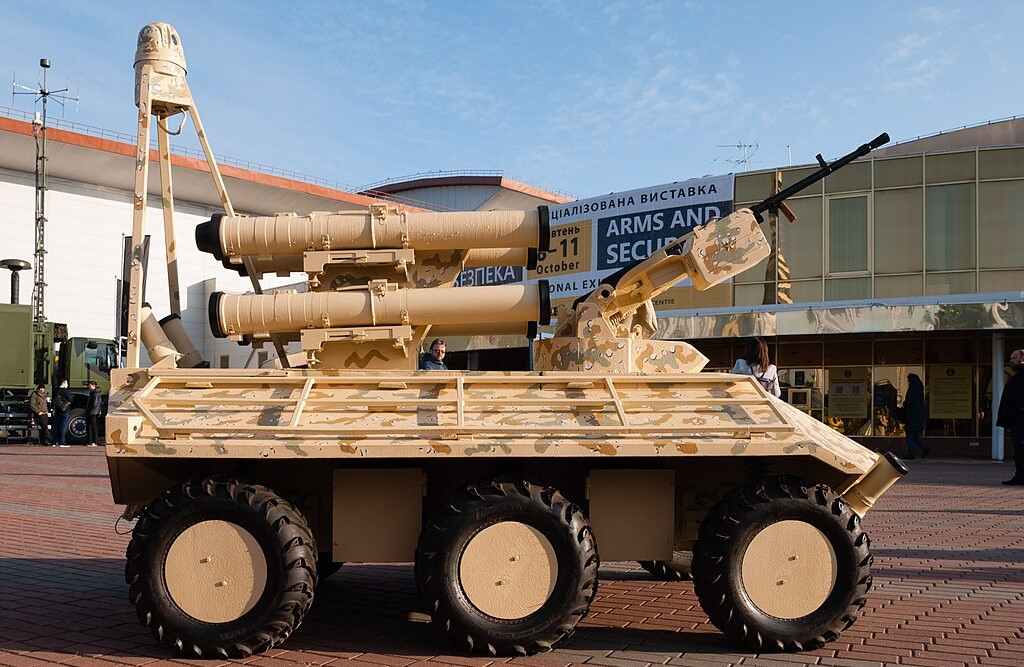The Growing Role of Ground Drones in Ukraine
How ground drones are redefining the battlefield and shaping the future of war.

One of Russia’s major advantages in the long war of attrition it is fighting with Ukraine, is its larger population and pool of potential soldiers. The longer the fighting goes on and the longer the casualty list grows, Russia can see itself as winning.
To negate this, Ukraine is advancing its ground drone capabilities as a way to keep its troops safe and to replace missing soldiers with mechanised vehicles.
This was a position made clear by Ukrainian Defence Minister Rustem Umerov who pledged to ‘scale up’ its use of uncrewed ground vehicles. Stating how early testing in combat zones had impressed military chiefs enough to warrant further investment.
“Unmanned ground systems have proven their ability to perform a wide range of combat tasks,” he stated recently. “The development of robotic units takes into account the experience of brigades already using such systems in combat. It is crucial that the primary suppliers of ground robotic systems are leading domestic companies. Ukrainian manufacturers have adapted their products to the realities of modern warfare and the recommendations of combat units within the Defense Forces.”

This move towards a fleet of ground-drones is also based on the success that drones have had both in the air and at sea, where the use of remote-controlled or autonomous uncrewed vehicles have been game-changers in how warfare is conducted. Given the situation on the battlefield, with dangerous trench warfare, artillery bombardments, tenuous supply chains, street-by-street fighting, and the risks incurred to extract the injured, then the use of ground-drones could be equally influential and lifesaving.
The roles to be focused on include conducting both offensive and defensive operations, evacuating wounded personnel, providing logistical support, and mining and mine clearance tasks.
“Ukrainians are certainly keen on using more and more of these, rather than soldiers,” observes Samuel Bendett, at the Washington-based research centre CNA.
A statement supported by Deputy Prime Minister Mykhailo Fedorov’s December 2024 announcement that, “This year we purchased several thousand ground platforms, and next year, I believe, we need tens of thousands.”
The basic plan is to match Ukraine’s successful aerial-drone development program, with plenty of smaller companies producing their own designs in close liaison with frontline troops. This is likely to lead to seeing lots of cheaper, smaller models, as they can be built quickly, are simpler to test, modify, repair, and replace, and are also easier to defend. Much as both sides have had to protect their heavy battle tanks by keeping them at the rear of the battlefield (away from aerial drone attacks and artillery fire), then larger ground-drones would also be at substantial risk.

“That's why Ukrainians are talking about tens of thousands of them,” notes Bendett. Adding that an elevated level of experimentation is being tolerated, in part because it is necessary to provide soldiers what they require on the battlefield for specific roles.
Bendett also thinks that the Russians are trying to do the same to lower their horrific casualty rates by replacing some tasks with ground drones. He places this belief on, “lots of stories in the Russian media about soldiers fielding UGVs they built themselves.”
Related articles: Sweden Deploys Drone Swarms or New Defence for Anti-Personnel Drones
“This isn't just killer robots,” explains retired Major Mick Ryan, a senior fellow for military affairs at the Lowy Institute's International Security Program in Australia. “It's partially that, but they're in the minority at the moment.” Instead, ground-drones are being used in “a really, really wide variety of missions.”
Bendett agrees, observing how many UGVs “are not used in actual combat, but used in supply roles.”
“Frankly,” says Ryan, “the array of missions that we're going to see these things undertake will only be limited by the imagination of soldiers.”

The rapid proliferation and evolving roles of ground drones on the battlefield in Ukraine marks a significant shift in modern warfare. These machines are no longer limited to niche support tasks; they now perform a wide range of functions, from logistics and reconnaissance to offensive operations and battlefield repair. As ground drones continue to expand in both numbers and capabilities, they are reshaping military strategy and tactics, offering new possibilities for force multiplication, and reducing human risk.
As Defense Minister Umerov stated, “Our goal is to create a military where innovative technologies help perform the most dangerous tasks, saving the lives of our defenders.”
However the war in Ukraine finishes, what is clear is that the lessons learned there will serve as a blueprint for how militaries worldwide adopt and adapt ground drones in future conflicts. This is just the beginning of a new era in warfare—one driven by automation, innovation, and rapidly evolving technology.

